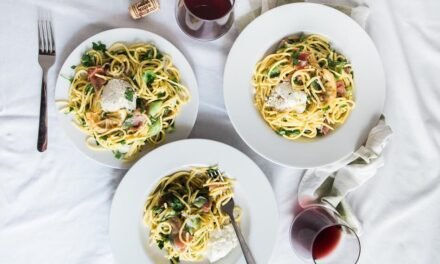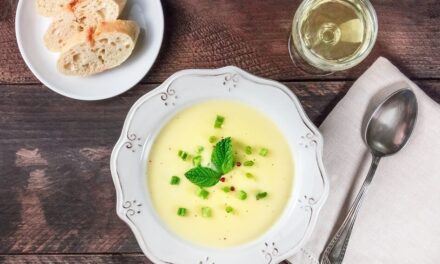You create the best wine and cheese pairings when considering intensity: A cheese that is intense in flavor will pair well with rich, full-bodied wine. And mild cheese is the right choice for a light-bodied wine.
As a consumer, it is hard to determine a cheese’s intensity based on its packaging labels and appearance. Luckily for you, this article will provide you with the information you need for your party preparations.
KNOW YOUR WINE
Before you go to the local grocery shop, you must determine which kind of wine you will buy. That is the first step in your party planning process, as it will help determine what type of cheeses to purchase afterward. In general, every wine has the potential to be an excellent pairing for cheese. So feel free to pick one that you already know and like. It might make sense to buy different types of wine to offer more than one combination of wine and cheese. Your guests will surely appreciate it if you provide something to try that they do not know yet.
Whatever wine you choose, you should know a little bit about its characteristics. Answering these questions makes it much easier to find the right cheese for your wine:
- Is the wine still or sparkling?
- Is it sweet or dry?
- Has it a full body, or is it light-bodied?
KNOW YOUR CHEESE
Like shopping for wine, walking through the cheese section at a grocery store can be quite overwhelming for a first-timer too. There are many options and brands to choose from, and determining a cheese’s taste and quality without any prior knowledge is almost impossible. But actually, it is not. Most cheeses belong to one of four categories. And based on these categories, it is much easier to pair them with wine:
- Soft Cheeses: Soft cheeses are matured for only a couple of weeks and sometimes not at all. As a result, they have a creamy, in some cases, even runny texture. Typically, they are of white or light yellow color and have a mild taste. Well-known examples of soft cheeses are Brie and Camembert from France, Mozzarella from Italy, and all types of goat cheese.
- Medium-Hard Cheeses: Medium-hard cheeses usually age at least three months. Some of them even ripen for up to two years. They are harder than soft cheeses and make a great topping for Sandwiches. But you can also melt them to scallop Lasagna or Fondue. Dutch Gouda, Norwegian Jarlsberg, and Swiss Appenzeller belong to this category.
- Hard Cheeses: Hard cheeses (or curd cheeses) age even longer than their medium-hard cousins. They are dry, crumbly, and savory (note that in the context of cheese, “dry” actually means low in moisture). Hard cheeses are, for instance, Parmigiano-Reggiano and Grana Padano from Italy and Gruyère from Switzerland.
- Blue Cheeses: Blue cheeses age in cool locations with a high level of humidity. These conditions promote the growth of specific funguses that give the cheeses their rich, spicy flavors. While they look (and sometimes smell) as if they were inedible, they are surprisingly delicious on their own or in sauces. Great blue cheeses are French Roquefort, British Stilton, and Italian Gorgonzola.
You might have realized that all of our examples come from Europe. Nevertheless, most gourmet markets in the United States should sell them. But even if you do not find them, it is not a problem. Local cheeses can pair wonderfully with wine, too, given they have similar characteristics. Do not hesitate to ask a shop clerk for help if you are unsure.
THE RULES OF WINE & CHEESE PAIRING
Now you have an idea of the different categories of wine and cheese. Let us proceed with some general pairing rules. If you follow them, you will provide an excellent experience to your guests that exceeds the flavors of wines and cheeses when consumed separately.
- Pair wines and cheeses that share equal intensity. Wines that are strong in alcohol match best with cheeses that have intense flavors.
- Sweet wines pair very well with blue mold cheeses. The sweetness of the wine will give the cheese a creamier taste and balance its sharp notes.
- Sparkling wines are delicious with soft cheeses. The wines’ bubbles intensify the aromas of the cheese. At the same time, they help you clean your palate after tasting the sticky cheese.
- For full-bodied red wines, pick an aged cheese. Their richer flavors and higher fat contents are a great balance to the high levels of alcohol and tannins in full-bodied wines.
- Pair wines and cheeses that come from the same region. Actually, many protected wine regions in Europe correspond to protected food regions. So if you know where your wine comes from, you have a first hint to where to find a matching cheese.
- If you are a first-timer at wine and cheese pairing, consider getting a balanced wine that pairs with multiple types of cheeses. A great option is Chardonnay. The flavor profile of this wine will be a fabulous companion for various cheese types.
20 GREAT WINE AND CHEESE PAIRINGS
These basic rules from the last section are a great starting point for beginners. Now, let’s have a look at some specific wine and cheese pairings.
1 – Champagne & Brie
To accompany Brie, a sparkling wine from the Champagne is a great pick. Its fizziness pairs superbly with the creamy, buttery flavors of this soft cheese. Champagne and Brie come from the Northern part of France, so this pairing is in line with rule number 5. In case you are not into sparkling wines, try Brie with a Chardonnay instead.
2 – Prosecco & Grana Padano
If you are a sparkling wine lover, you have probably tried Prosecco at some point, too. A great pairing for it is Grana Padano. The saltiness of this hard cheese is a great add-on to Prosecco, and together, they provide a typical Italian experience.
3 – Asti & Gorgonzola
Asti Spumante is another Italian sparkler, but in contrast to Prosecco, it is sweet. And this sweetness is a delicious counterplayer to the sharpness of blue mold cheeses like Gorgonzola. The same is true for Moscato d’Asti. Asti’s semi-sparkling sibling has a similar taste profile, but it is a bit lighter in terms of alcohol.
4 – Port Wine & Stilton
If you like it sweet, Port wine might be something for you. The fortified wine from Portugal is very sweet and strong in alcohol. Both of these characteristics qualify Port as a match for the rich flavors of Stilton, a pungent blue cheese from Great Britain. Fun fact: Port wine was invented by the British – A coincidence?
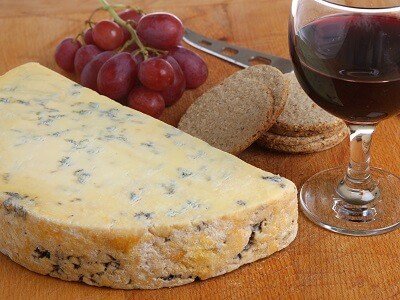
Stilton Cheese with Port Wine
5 – Sauternes & Roquefort
Here is another salty and sweet pair: Sauternes and Roquefort. The dessert wine and the blue cheese both come from France. Sauternes offers fruity sweetness that balances well with the sharp notes of Roquefort. Besides, they have a compatible level of acidity.
6 – Sangiovese & Pecorino Romano
Pecorino is an Italian hard cheese made from sheep milk. It is comparable to Grana Padano (also known as Parmesan) but a little spicier and saltier with herbal and smoky notes. These aromas are an excellent match for the savory and earthy aromas of Sangiovese. If you like it spicy, you can also try the Italian red wine with Pecorino Pepato, a variation with black peppercorns.
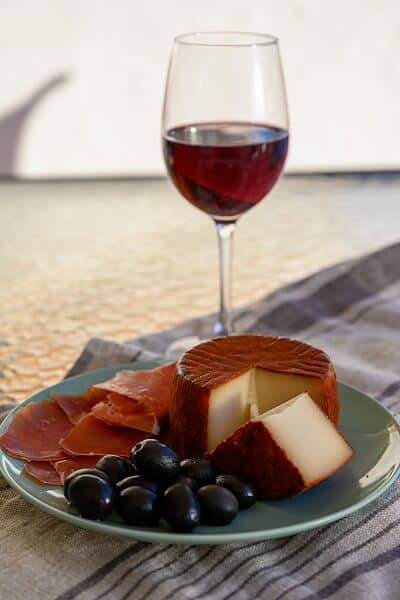
Rioja Wine and Manchego Cheese
7 – Rioja & Manchego
Manchego is a famous Spanish medium-hard cheese from the region of La Mancha. And some of the best Spanish red wines are produced in the Rioja region, right to the north of it. Both the cheese and the wine have fruity notes that complement each other perfectly.
8 – Pinot Noir & Jarlsberg
Pinot Noir is quite versatile when it comes to food pairings. This dry, light-bodied wine comes with aromas of black fruits that pair superbly with the subtle sweetness and nutty flavors of Jarlsberg. Instead of Norwegian Jarlsberg, you can also pick Dutch Edam or young Swiss Emmentaler.
9 – Sauvignon Blanc & Goat Cheese
The citrus aromas of Sauvignon Blanc match deliciously with the nutty and herbal notes that goat cheeses typically offer. You can combine this white wine, for instance, with Greek Feta, French Crottin de Chavignol, or Majorero from the Spanish Island Fuerteventura.
10 – Cabernet Sauvignon & Cheddar
Our next wine and cheese pair is based on rule 1. Cabernet Sauvignon is a full-bodied wine with strong tannins and high acidity. Old Cheddar from England is a hard cheese that is salty and pungent. Together they have similar intensity levels that combine for a delicious culinary experience.
11 – Riesling & Limburger
German Riesling wines typically have crisp acidity and aromas of citrus fruits. They taste great with Limburger. Although it originated in Belgium, this cheese nowadays is known as a German specialty. When young, it is rather mild, but the longer it ages, the more savior it tastes. Combine a middle-aged Limburger with a dry Riesling. Alternatively, try a French Munster cheese.
12 – Dry Rosé & Old Gouda
Rosé wines come in different styles, from sweet to dry. The dry styles offer a crisp acidity with fruity notes. They complement sharp-aged hard cheeses like Old Gouda or Old Cheddar.
13 – Sweet Rosé & Colby-Jack
When made from Zinfandel grapes, Rosé is rather sweet but still fruity. It pairs well with mild medium-hard cheeses. Try Colby-Jack from Wisconsin or New York.
14 – Merlot & Beaufort
Because of its low level of tannins, it is not hard to pair Merlot wine and cheese. Especially those types with a subtle sharpness are good matches. Beaufort from the French Alps belongs to this category. So does Malagon, a sheep-milk cheese from La Mancha in Spain. It is flavored with rosemary that perfectly rounds up its rustic taste and works just fine with Merlot.
15 – Malbec & Malagon
Speaking of Malagon, there is another excellent wine and cheese pairing you should consider: Malbec. Malbec wines are red wines with a medium to full body that often have aromas of red or black fruits. Especially those from New World countries like Argentina match with Malagon cheese.
16 – Marsala & Gruyère
Marsala is a fortified wine from the Italian island of Sicily that can be sweet as well as dry. You can find dry styles that pair greatly with Gruyère, a hard cheese from the French-speaking part of Switzerland. On the other hand, sweet Marsala needs a different pairing: Go for blue cheeses like Stilton or soft cheeses like Brie or Camembert.
17 – White Bordeaux & Brillat-Savarin
White Bordeaux is made from Muscadelle, Sauvignon Blanc, and Semillon grapes, and it combines their characteristics: Muscadelle’s fruity flavors, Sauvignon’s acidity, and Semillon’s sweetness. These characteristics make white Bordeaux an awesome match for Brillat-Savarin and similar triple-cream cheeses. The acidity cuts through the cheese’s fat, and the sweetness balances its tartness.
18 – Pinot Grigio & Mozzarella
Just like Merlot, Pinot Grigio is a food-friendly wine. With its light body and citrus aromas, it pairs well with many kinds of cheese. Mozzarella is one of many great options. Its soft texture, mild aroma, and low-fat content give it a fresh taste that perfectly matches Pinot Grigio.
19 – Red Bordeaux & Cheshire
Bordeaux wines are blends from Cabernet Sauvignon, Cabernet Franc, and Merlot. They are rather low in tannins and fruity. They make a fantastic combination with the mild, salty taste of Cheshire, a British hard cheese. Another option is Leicester which comes from Great Britain, too.
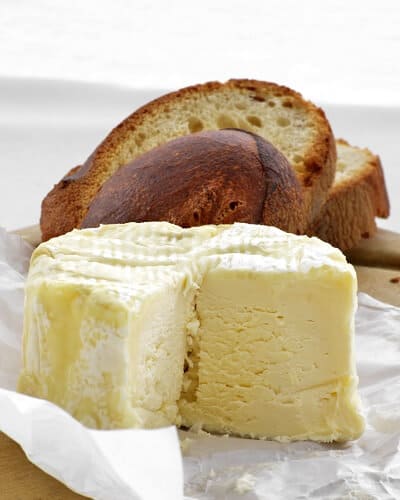
Brillant-Savarin Chees
20 – Zinfandel & Havarti
Zinfandel wines are light-bodied, moderate in tannins, but quite strong in acidity and alcohol. A great match for Zinfandel is Havarti cheese. This medium-hard cheese from Denmark is similarly acidic and often has sweet notes when it is young. Aged Havarti is salty and develops nutty flavors.
ADDING MORE FLAVORS TO YOUR WINE AND CHEESE MENU
If you see photos of cheese platters online, you will notice that they do not only consist of cheese. Typically, they include other food items that bring additional flavors to the table.
When planning your party, you should definitely follow these examples. Here are some suggestions for delicious add-ons to your wine and cheese pairings:
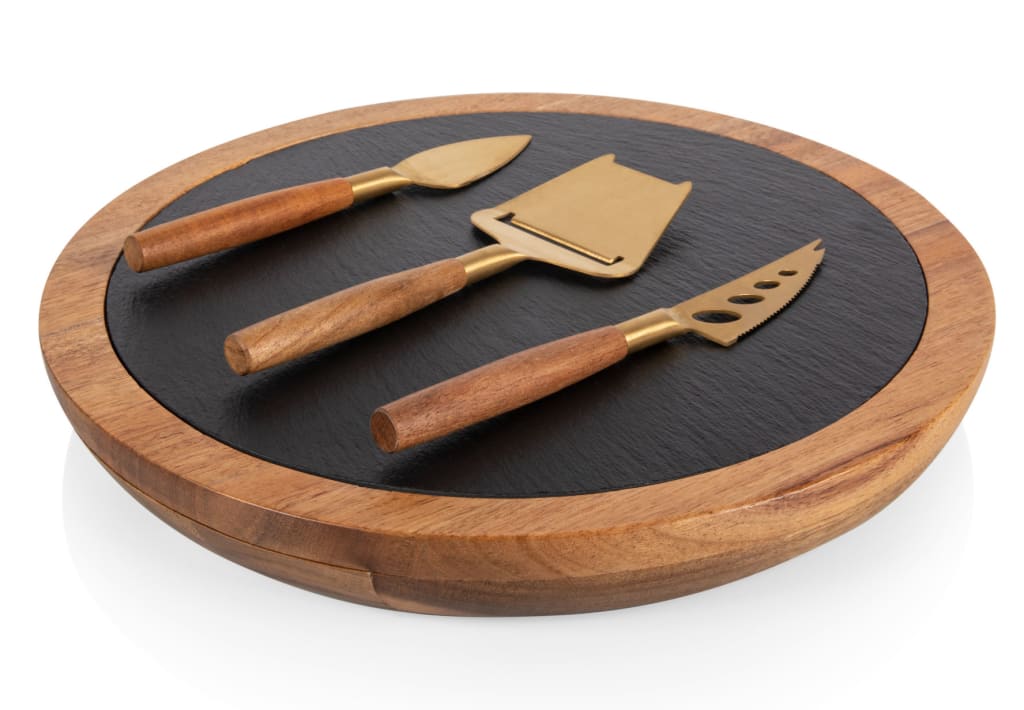
Toscana Serving Board with Cheese Tools
$69.99
from: Wine.com
- Cured meats: The saltiness of the meat will pair very well with the sweeter wines. It makes perfect sense to add meats from the region where your wine and cheese come from. Great add-ons for Italian pairings are Salami, Pepperoni, Prosciutto, or Coppa. For combinations of Spanish cheese and wine, go for Chorizo, Jamón Ibérico, or Lomo.
- Grapes: Grapes are a classic pairing for cheese, and they match wine as well, for sure. Both green and red grapes are fine, but make sure that they are seedless.
- Olives: The saltiness of olives pairs nicely with many types of wines, especially with dessert wines, because they balance their sweetness. But olives can also bring out the flavors in some of the cheeses.
- Cherry Tomatoes: The small red fruits are a great option to add extra sweetness to your party. They are incredibly good with many white cheese types like Mozzarella or Feta, but you can eat them with any other kind of cheese too.
- Pickles: Pickles are not everyone’s favorite food. But their sour and acidic taste can complement many cheese types.
- Nuts: Almonds, macadamia, walnuts, and pistachios can add saltiness and crunchiness to your cheese plate. However, not all cheeses match well with nuts. If they already contain intense nutty aromas, it might be better to skip this option.
- Bread: Some fresh, crunchy bread is an awesome add-on to every type of cheese. “Fresh” is the magic word here; plastic-wrapped bread is a no-go. As for meat, it is a great idea to look for bread from the matching region, for example, Italian Ciabatta or French Baguette. And, of course, you can simply make the bread yourself.
- Crackers: If you do not find a matching bread, go for salty crackers instead. Make sure their taste is not too dominant, though. They should not overpower the wines and the cheeses.
- Jam: This tip might sound odd. But actually, some jams pair very well with cheese. Especially fruity jams can add additional flavors to your cheese boards.
These items will be a great addition to your wine and cheese menu. If any of your party guests is not a fan of cheese, then these will be great substitutions.
FINAL WORDS
With the suggestions in this article, you are well prepared to compose a delicious wine and cheese menu. If you are still unsure, let your palate decide: Try some cheeses and wines yourself before you plan your party, and decide which combinations you like best. Bon appetite!


